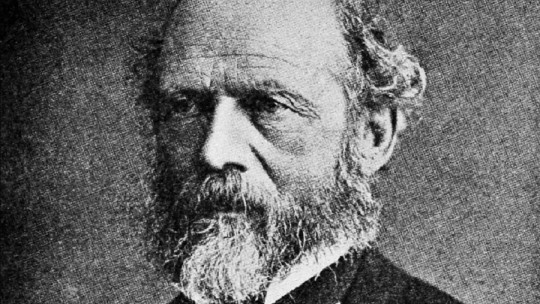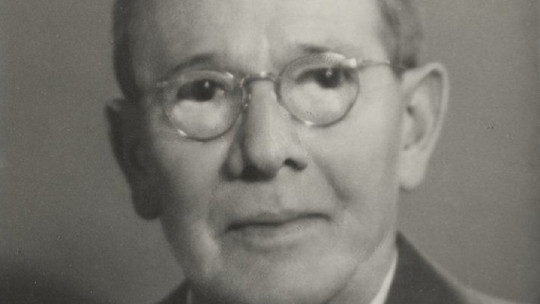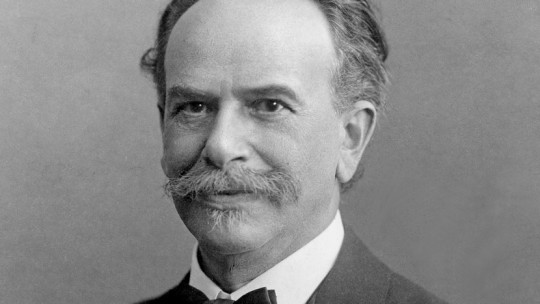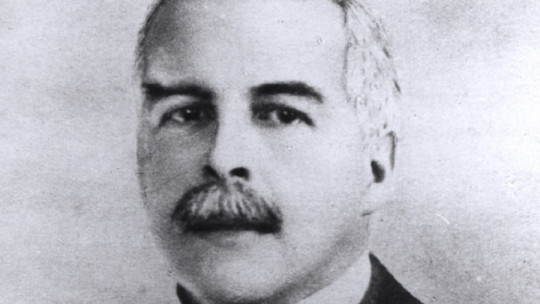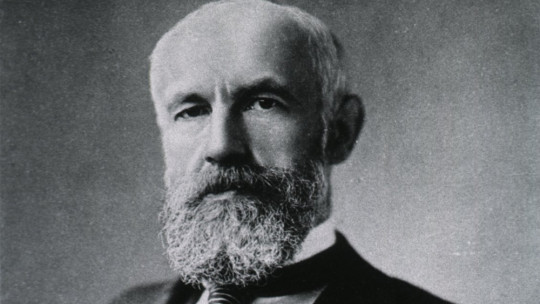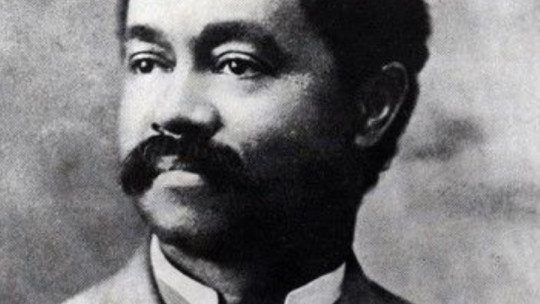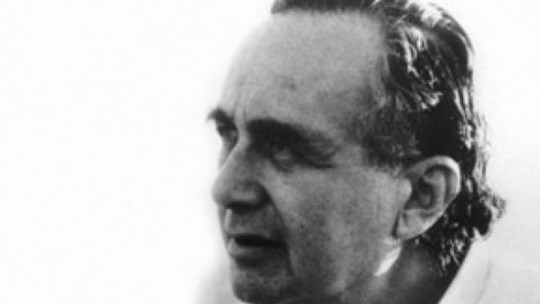Morgan is one of the greatest representatives of anthropology in the United States in the 19th century, contributing great advances in this field.
We will review the life of this author through a biography of Lewis Henry Morgan taking a tour of his biography to learn about the most representative events, and at the same time we will discover what his main contributions were, without which anthropology today would not be as complete a science as it is.
Brief Biography of Lewis Henry Morgan
Lewis Henry Morgan was born in 1818 in Aurora, New York state, in the United States He came from a family of pioneers from Wales. In fact, the Morgan lineage was one of the families that played an important role in the creation of the colonies that would later become the United States. Thomas Morgan, Lewis’s grandfather, fought in the Revolutionary War.
Lewis Henry Morgan’s father, Jedediah, had a first marriage to Amanda Stanton, which produced five children. After being widowed, he remarried, this time to Harriet Steele, who would be the mother of Lewis and seven other siblings. Curiously, at birth he was called only Lewis Morgan, and it was in his adult life that he introduced the middle name, Lewis H. Morgan, later indicating that that letter was Henry’s initial.
Lewis’s father was an important personality. He invented gadgets to make the work of the land and industry easier and entered the world of Freemasonry, being one of the founders of the Aurora lodge. He even held political positions of responsibility, being a state senator. He died in 1828, when Lewis Henry Morgan was only 8 years old, but he left enough resources so that he and his brothers did not lack anything.
Lewis attended Cayuga Academy to receive his training and later entered the university world through Union College , from the city of Schenectady, where it took only two years to graduate. By 1840, Lewis Henry Morgan had already trained in different sciences, such as optics and mechanics, as well as other classical subjects. It was in this institution where he was able to study the works of Georges Cuvier, a French naturalist, who would be one of his first references.
During his time at the university he was subject to the strict regime imposed by the president of Union College, Eliphalet Nott, who with an iron fist and always under Christian precepts imposed severe regulations that all students had to comply with. Even so, different fraternities emerged in the shadows, one of which was joined in 1839, the Kappa Alpha Society, one of the first in the entire country, which would lay the foundations for all those that would come later.
Career in his youth and fraternity of the Iroquois
After graduating, Lewis Henry Morgan moved to the city of Rochester, where he began working for a law firm, along with his partner George F. Danforth, who would eventually become a judge. However, the economic situation that the United States was going through made it difficult for the business to prosper, so this experience was short-lived. At the same time, Morgan took the opportunity to publish essays in a literary magazine called The Knickerbocker Instead of using his name, he used a pseudonym: Aquarius.
In 1841, Morgan, along with other former students of the Cayuga Academy, formed a new fraternity, of a literary nature, with the name of The Gordian Knot. The following year they would change their name to the Order of the Iroquois , a name that came from a North American indigenous confederation. It would not be the last time that they would modify the nomenclature of the fraternity, later changing to the Grand Order of the Iroquois and the New Confederation of the Iroquois.
They focused on this indigenous group with the interest of recovering their culture and language. They even attributed Iroquois names to each other. Their good relations with members of the Freemasonry allowed them to give them space in one of the temples to meet. The interest in this culture was increasing, which led Lewis Henry Morgan to investigate in greater depth.
To do this, he studied the treaties that the United States had signed with the Native American peoples to keep their lands after the War of Independence. Specifically, he focused on those that forced four Iroquois peoples to abandon their locations to migrate to Canadian territories. He was able to meet an authentic Iroquois, Ely Parker, who was participating in one of the trials to try to recover his land.
Lewis Henry Morgan befriended Parker and asked him to accompany him to join the fraternity , who would be in charge of paying for his training at the Cayuga Academy. Ely Parker, then 16 years old, would become a civil engineer and serve in the Army during the Civil War, reaching the rank of brigadier general and eventually working for President Ulysses S. Grant.
They discovered that the Seneca Iroquois had been tricked into signing treaties that forced them to abandon their lands , so the New Confederacy of the Iroquois. Their campaign managed to reach an agreement in which they were allowed to buy back part of their land (at a much higher price than they had received at the time). This action earned Lewis Henry Morgan being named a member of the tribe, with the name Tayadaowuhkuh, which meant closing the wound.
After these events, the fraternity began a period of internal disputes that distanced Morgan from the association, causing him to lose interest in it, although he continued to publish letters about the Iroquois in the American Whig Review magazine.
Family life and maturity
His relationship with the indigenous people helped Lewis Henry Morgan publish the work “League of the Iroquois” , which would be one of the first examples of ethnology. One of the topics that he delves into in this volume is that of kinship relations between the members of this tribe. The year was 1851. At that time, Lewis married Mary Elizabeth Steele, who was also a cousin.
With her he would have a son, Lemuel, who was born with a mental disability. Society attributed this ailment to the fact that Lewis and his wife were first cousins. Even they came to assume this explanation (despite the fact that there was no evidence of this). However, it did not weaken his marriage, which continued until his death.
In 1852, a group of intellectuals, including Lewis Henry Morgan, founded The Pundit Club, or The Club, an association to share interests in science and literature. He would even later be one of the creators of the University of Rochester, for men. The plan was to also create Barleywood University for women, but it never materialized.
It was in 1855 that Morgan and another group of Rochester notables created a railroad company for Noquet Bay and Marquette , to connect areas of the Upper Peninsula of Michigan. Lewis Henry Morgan began practicing as a lawyer and director of this company. After some time practicing this profession, he decided to continue his work as an anthropologist, resuming field work.
He entered one of the Republican Party’s lists to occupy a position in the New York Assembly. He had the objective of directing the Bureau of Indian Affairs under President William H. Seward, but in the end Abraham Lincoln was chosen as a candidate (and later president) and he already had his own positions selected, so Morgan lost his opportunity. and continued his work on his own.
Lewis Henry Morgan continued to work on the study of kinship systems. For it visited four different tribes, located in Yellowstone, the Missouri River, Kansas and Nebraska His studies allowed him to compile a total of 51 different forms of kinship. During these years, two of his daughters died from scarlet fever, which was devastating for both Lewis and his wife.
The Civil War broke out in the United States. The Morgans stayed out of this conflict. His only intervention was due to the metals business, essential for the war, which allowed Lewis Henry Morgan to create an industry that quickly brought him a large amount of money, enough to live without worries for the rest of his life.
Defense of indigenous people and recent years
Morgan He continued fighting for the rights of indigenous people and even organized a tour of Europe to seek support for this movement These trips allowed him to meet Charles Darwin, Lubbock and other illustrious figures of the time. On one of his last expeditions through the United States he discovered some ancient Aztec ruins on the banks of the Ánimas River.
Finally, in 1881 he died, after a lifetime dedicated to the recognition and defense of Native Americans.

